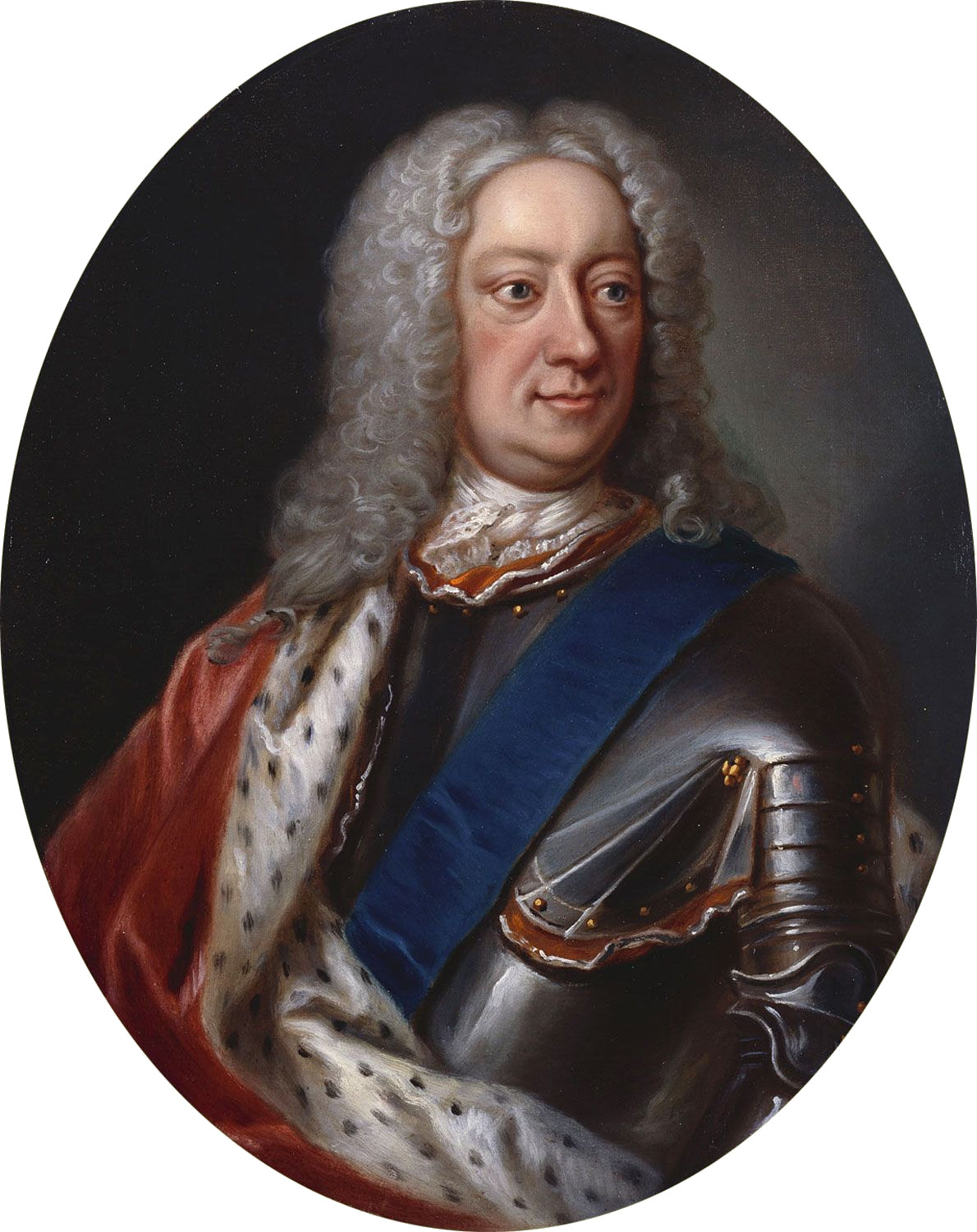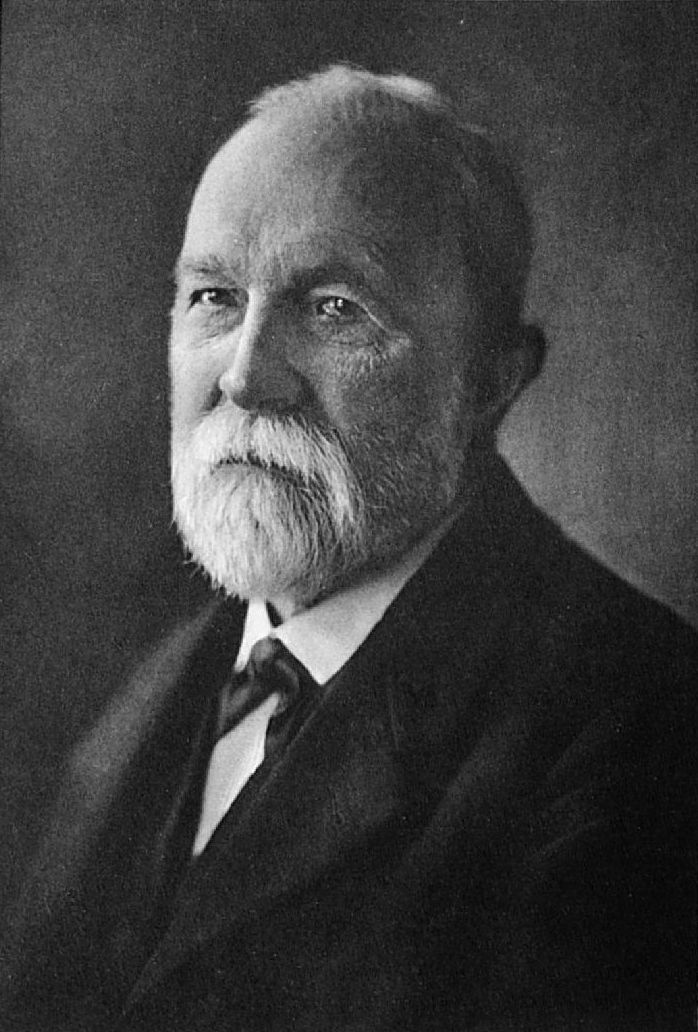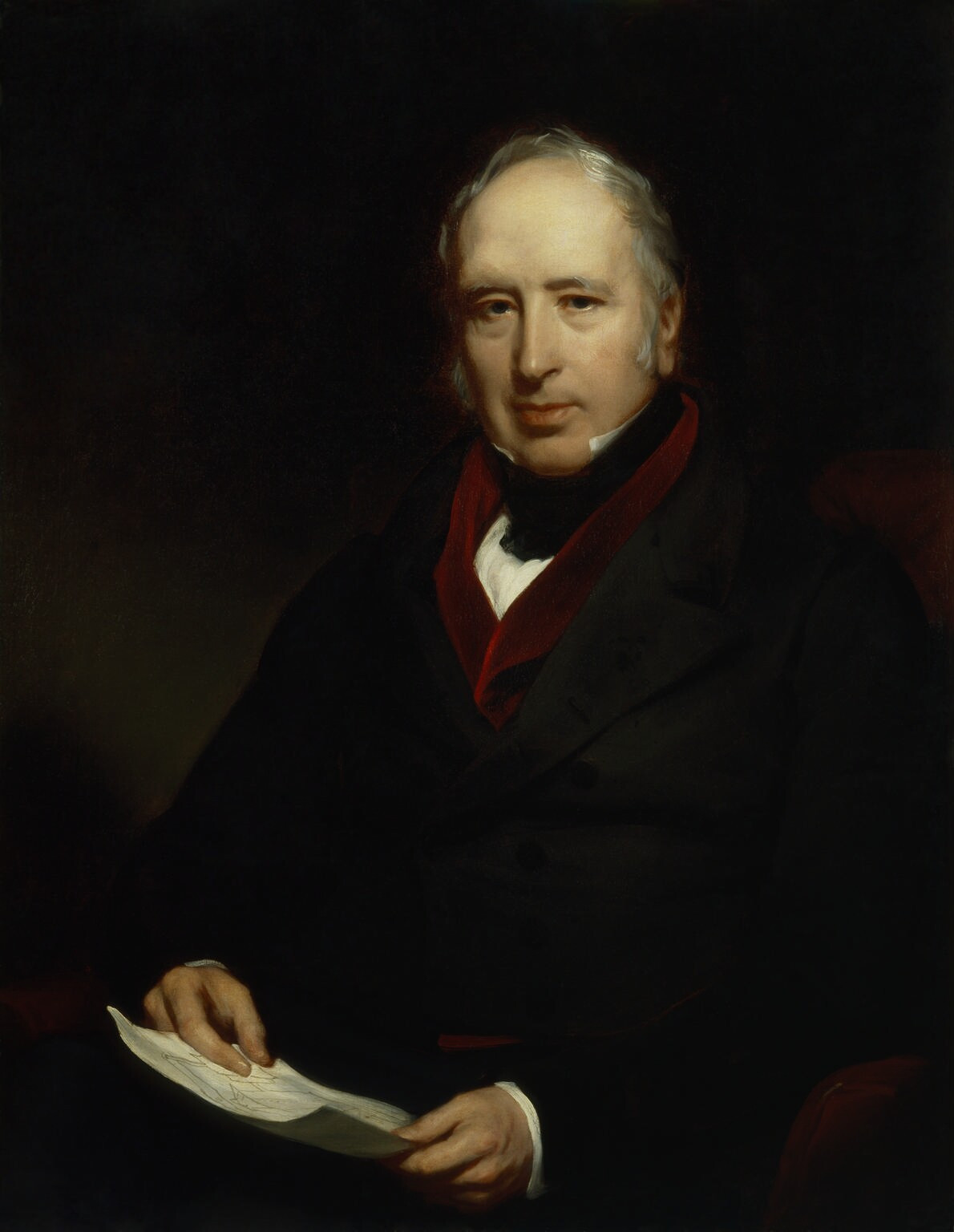|
Heinrich Otto Wilhelm Bürger
Heinrich Otto Wilhelm Bürger (4 May 1865 Hannover – 18 January 1945, Törwang) was a German zoologist who specialised in Nemertea. He studied at several universities and at Stazione Zoologica in Naples. He gained his doctorate at the University of Göttingen The University of Göttingen, officially the Georg August University of Göttingen (, commonly referred to as Georgia Augusta), is a Public university, public research university in the city of Göttingen, Lower Saxony, Germany. Founded in 1734 ... under Ernst Ehlers. Between 1900 and 1908, he was Professor and Director of theZoology museum in Santiago de Chile. He later, still in South America, lived as a gentleman scientist, travel writer and economic geographer. Works partial list *Bürger, 1895. ''Die Nemertinen des Golfes von Neapel und der angrenzenden Meeres-Abschnitte. Fauna Flora Golf. Neapel'', 22: 1–743. Also in: Fauna und Flora des Golfes von Neapel. Zoologischen station zu Neapel (Ed.). Verlag von R. ... [...More Info...] [...Related Items...] OR: [Wikipedia] [Google] [Baidu] |
Hannover
Hanover ( ; ; ) is the capital and largest city of the States of Germany, German state of Lower Saxony. Its population of 535,932 (2021) makes it the List of cities in Germany by population, 13th-largest city in Germany as well as the fourth-largest in northern Germany after Berlin, Hamburg and Bremen. Hanover's urban area comprises the towns of Garbsen, Langenhagen and Laatzen and has a population of about 791,000 (2018). The Hanover Region has approximately 1.16 million inhabitants (2019) and is the largest in the Hannover–Braunschweig–Göttingen–Wolfsburg Metropolitan Region, Hanover–Braunschweig–Göttingen–Wolfsburg Metropolitan Region, the List of EU metropolitan areas by GDP, 17th biggest metropolitan area by GDP in the European Union. Before it became the capital of Lower Saxony in 1946, Hanover was the capital of the Principality of Calenberg (1636–1692), the Electorate of Hanover (1692–1814), the Kingdom of Hanover (1814–1866), the Province of Hannove ... [...More Info...] [...Related Items...] OR: [Wikipedia] [Google] [Baidu] |
Samerberg
Samerberg is a municipality in the district of Rosenheim in Bavaria in Germany Germany, officially the Federal Republic of Germany, is a country in Central Europe. It lies between the Baltic Sea and the North Sea to the north and the Alps to the south. Its sixteen States of Germany, constituent states have a total popu .... It consists of 78 hamlets and localities, none of them bearing the name Samerberg itself, the seat is in Törwang. References Rosenheim (district) {{Rosenheimdistrict-geo-stub ... [...More Info...] [...Related Items...] OR: [Wikipedia] [Google] [Baidu] |
Zoologist
Zoology ( , ) is the scientific study of animals. Its studies include the structure, embryology, classification, habits, and distribution of all animals, both living and extinct, and how they interact with their ecosystems. Zoology is one of the primary branches of biology. The term is derived from Ancient Greek , ('animal'), and , ('knowledge', 'study'). Although humans have always been interested in the natural history of the animals they saw around them, and used this knowledge to domesticate certain species, the formal study of zoology can be said to have originated with Aristotle. He viewed animals as living organisms, studied their structure and development, and considered their adaptations to their surroundings and the function of their parts. Modern zoology has its origins during the Renaissance and early modern period, with Carl Linnaeus, Antonie van Leeuwenhoek, Robert Hooke, Charles Darwin, Gregor Mendel and many others. The study of animals has largely mov ... [...More Info...] [...Related Items...] OR: [Wikipedia] [Google] [Baidu] |
Nemertea
Nemertea is a phylum of animals also known as ribbon worms or proboscis worms, consisting of about 1300 known species. Most ribbon worms are very slim, usually only a few millimeters wide, although a few have relatively short but wide bodies. Many have patterns of yellow, orange, red and green coloration. The foregut, stomach and intestine run a little below the midline of the body, the anus is at the tip of the tail, and the mouth is under the front. A little above the gut is the , a cavity which mostly runs above the midline and ends a little short of the rear of the body. All species have a proboscis which lies in the rhynchocoel when inactive but wikt:eversion, everts to emerge just above the mouth to capture the animal's prey with venom. A highly extensible muscle in the back of the rhynchocoel pulls the proboscis in when an attack ends. A few species with stubby bodies Filter feeders, filter feed and have suckers at the front and back ends, with which they attach to a Hos ... [...More Info...] [...Related Items...] OR: [Wikipedia] [Google] [Baidu] |
Stazione Zoologica
The Stazione Zoologica Anton Dohrn is a research institute in Naples, Italy, devoted to basic research in biology. Research is largely interdisciplinary involving the fields of evolution, biochemistry, molecular biology, neurobiology, cell biology, biological oceanography, marine botany, molecular plant biology, benthic ecology, and ecophysiology. Founded in 1872 as a private concern by Anton Dohrn, in 1982 the Stazione Zoologica came under the supervision and control of the Ministero dell'Università e della Ricerca Scientifica e Tecnologica (Ministry of Universities and Scientific and Technological Research) as a National Institute. History The idea Dohrn's idea was to establish an international scientific community provided with laboratory space, equipment, research material and a library. This was supported and funded by the German Government, Thomas Henry Huxley, Charles Darwin, Francis Balfour and Charles Lyell among others. Dohrn provided a substantial sum himself ... [...More Info...] [...Related Items...] OR: [Wikipedia] [Google] [Baidu] |
University Of Göttingen
The University of Göttingen, officially the Georg August University of Göttingen (, commonly referred to as Georgia Augusta), is a Public university, public research university in the city of Göttingen, Lower Saxony, Germany. Founded in 1734 by George II of Great Britain, George II, King of Great Britain and Electorate of Hanover, Elector of Hanover, it began instruction in 1737 and is recognized as the oldest university in Lower Saxony. Recognized for its historic and traditional significance, the university has affiliations with 47 Nobel Prize winners by its own count. Previously backed by the German Universities Excellence Initiative, the University of Göttingen is a member of the U15 (German Universities), U15 Group of major German research universities, underscoring its strong research profile. It is also a part of prominent international and European academic networks such as Guild of European Research-Intensive Universities, The Guild, the ENLIGHT alliance, and the Hek ... [...More Info...] [...Related Items...] OR: [Wikipedia] [Google] [Baidu] |
Ernst Ehlers
Ernst Heinrich Ehlers (11 November 1835 – 31 December 1925) was a German zoologist born in Lüneburg. He studied medicine and natural sciences at the University of Göttingen, earning his doctorate in 1861. Here he was influenced by Rudolf Wagner (1805–1864) and Wilhelm Moritz Keferstein (1833–1870). In 1869 he became a full professor of zoology, comparative anatomy and veterinary medicine at the University of Erlangen. From 1874 to 1919, he was a professor of zoology and comparative anatomy in Göttingen. In 1890 he was one of the founders of the ''Deutschen Zoologischen Gesellschaft'' (German Zoological Society). He was a leading authority on polychaetes, and is credited with describing many invertebrate species new to science. The polychaete genus ''Ehlersia'' ( de Quatrefages, 1866) from the family Syllidae is named after him. Selected writings * ''Die Borstenwürmer (Annelida Chaetopoda) nach systematischen und anatomischen Untersuchungen dargestellt'', (1864-68) ... [...More Info...] [...Related Items...] OR: [Wikipedia] [Google] [Baidu] |
Gentleman Scientist
An independent scientist (historically also known as gentleman scientist) is a financially independent scientist who pursues scientific study without direct affiliation to a public institution such as a university or government-run research and development body. The term "gentleman scientist" arose in post-Renaissance Europe, but became less common in the 20th century as government and private funding increased. Most independent scientists have at some point in their career been affiliated with some academic institution, such as Charles Darwin, who was affiliated with the Geological Society of London. History Self-funded scientists practiced more commonly from the Renaissance until the late 19th century, including the Victorian era, especially in England, before large-scale government and corporate funding was available. Many early fellows of the Royal Society in London were independent scientists. Modern Modern-day independent scientists who fund their own research on an i ... [...More Info...] [...Related Items...] OR: [Wikipedia] [Google] [Baidu] |
19th-century German Zoologists
The 19th century began on 1 January 1801 (represented by the Roman numerals MDCCCI), and ended on 31 December 1900 (MCM). It was the 9th century of the 2nd millennium. It was characterized by vast social upheaval. Slavery was abolished in much of Europe and the Americas. The First Industrial Revolution, though it began in the late 18th century, expanded beyond its British homeland for the first time during the 19th century, particularly remaking the economies and societies of the Low Countries, France, the Rhineland, Northern Italy, and the Northeastern United States. A few decades later, the Second Industrial Revolution led to ever more massive urbanization and much higher levels of productivity, profit, and prosperity, a pattern that continued into the 20th century. The Catholic Church, in response to the growing influence and power of modernism, secularism and materialism, formed the First Vatican Council in the late 19th century to deal with such problems and confir ... [...More Info...] [...Related Items...] OR: [Wikipedia] [Google] [Baidu] |
1945 Deaths
1945 marked the end of World War II, the fall of Nazi Germany, and the Empire of Japan. It is also the year Nazi concentration camps, concentration camps were liberated and the only year in which atomic weapons Atomic bombings of Hiroshima and Nagasaki, have been used in combat. Events World War II will be abbreviated as “WWII” January * January 1 – WWII: ** Nazi Germany, Germany begins Operation Bodenplatte, an attempt by the ''Luftwaffe'' to cripple Allies of World War II, Allied air forces in the Low Countries. ** Chenogne massacre: German prisoners are allegedly killed by American forces near the village of Chenogne, Belgium. * January 6 – WWII: A German offensive recaptures Esztergom, Kingdom of Hungary (1920–1946), Hungary from the Soviets. * January 9 – WWII: American and Australian troops land at Lingayen Gulf on western coast of the largest Philippine island of Luzon, occupied by Japan since 1942. * January 12 – WWII: The Soviet Union begins the Vis ... [...More Info...] [...Related Items...] OR: [Wikipedia] [Google] [Baidu] |






